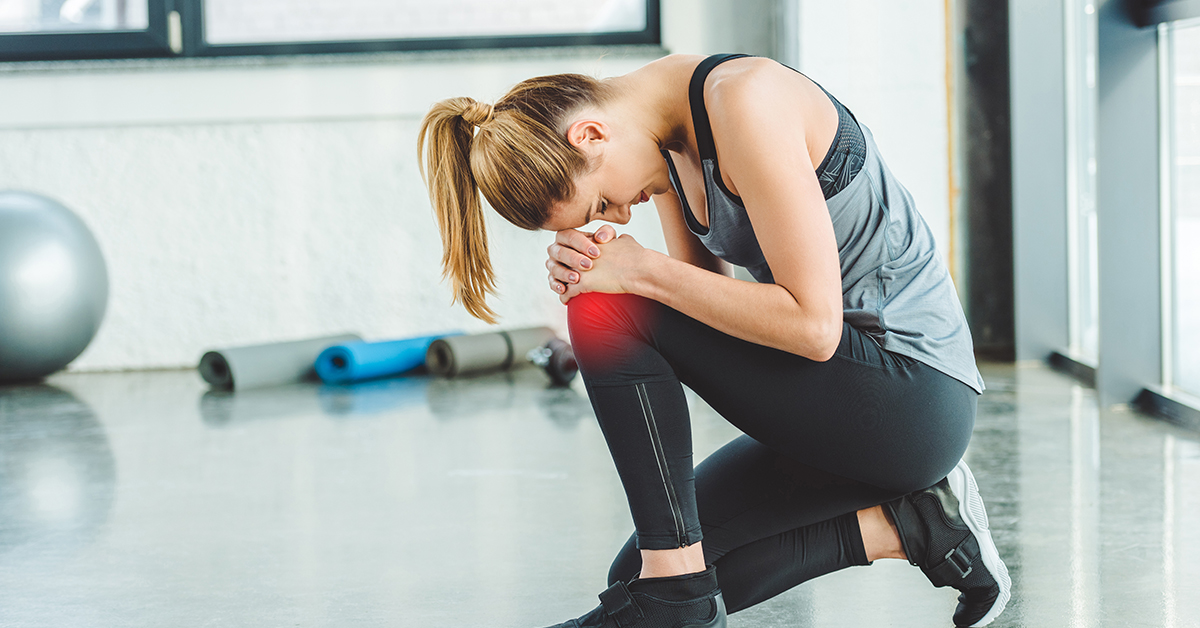
Knee pain is a common complaint, and its causes can be varied. One potential source of knee pain is cartilage damage. Cartilage is a crucial component in your knee joint, providing cushioning and smooth movement. Understanding whether your knee pain is due to cartilage damage can help you seek appropriate treatment and manage your symptoms effectively. Here’s how you can identify if your knee pain might be related to cartilage issues.
What is Cartilage?
Cartilage is a tough, flexible tissue that covers the ends of bones in a joint. In the knee, it acts as a shock absorber and allows the bones to glide smoothly over each other. The two main types of cartilage in the knee are:
Articular Cartilage: This covers the ends of the femur (thigh bone), tibia (shin bone), and the back of the patella (kneecap). It is crucial for smooth, pain-free movement.
Meniscal Cartilage: These are two C-shaped discs located between the femur and tibia that provide stability and cushioning to the knee joint.
Signs Your Knee Pain Might Be Cartilage-Related
Pain Location and Nature
Localized Pain: Cartilage damage typically causes pain in a specific area of the knee, often localized to the front or sides, depending on which cartilage is affected.
Deep, Aching Pain: The pain is usually described as a deep ache rather than a sharp, shooting sensation. It can be exacerbated by activities that put pressure on the knee, such as walking, running, squatting, or climbing stairs.
Swelling and Stiffness
Swelling: Cartilage damage often leads to swelling in the knee joint. This can occur immediately after an injury or develop gradually over time. The swelling might not be constant but can flare up with activity.
Stiffness: You may experience stiffness, particularly after periods of inactivity, such as sitting for long periods or first thing in the morning. This stiffness can make it difficult to fully bend or straighten the knee.
Limited Range of Motion
Reduced Mobility: Damaged cartilage can restrict your knee’s range of motion. You might find it hard to move your knee fully, experiencing a sensation of the joint being “stuck” or “locked.”
Grinding or Clicking Sensation: You might notice a grinding, clicking, or popping sound when moving the knee. This is often due to the roughened surfaces of the cartilage rubbing against each other.
Activity-Related Symptoms
Increased Pain with Activity: Activities that involve a lot of knee movement, such as sports, can increase pain and discomfort. High-impact activities are particularly likely to exacerbate cartilage-related knee pain.
Improvement with Rest: The pain may improve with rest and worsen with prolonged activity, especially weight-bearing activities.
Diagnosis and Treatment
If you suspect your knee pain is due to cartilage damage, it’s important to consult a healthcare professional for an accurate diagnosis. They may perform a physical examination, ask about your medical history, and recommend imaging tests such as X-rays, MRI, or CT scans to assess the extent of the damage.
Treatment Options
Conservative Treatments: Initial treatments often include rest, ice, compression, and elevation (RICE), along with nonsteroidal anti-inflammatory drugs (NSAIDs) to reduce pain and swelling. Physical therapy exercises can help improve knee strength and flexibility.
Injections: Corticosteroid or hyaluronic acid injections can help reduce inflammation and provide pain relief.
Surgical Options: In severe cases, surgical intervention may be necessary. Procedures can range from arthroscopic surgery to repair or remove damaged cartilage, to more advanced options like cartilage transplantation or knee replacement.
Prevention and Management
Maintain a Healthy Weight: Excess body weight puts additional stress on your knees. Maintaining a healthy weight can help reduce the risk of cartilage damage.
Stay Active: Regular, low-impact exercises such as swimming, cycling, or walking can help keep your knee joints healthy. Strengthening the muscles around the knee can provide better support and reduce the strain on cartilage.
Protect Your Knees: Use proper techniques when lifting heavy objects and avoid activities that put undue stress on your knees. Wearing appropriate footwear can also help distribute weight more evenly and reduce knee strain.
Identifying cartilage-related knee pain involves understanding the nature and location of your pain, recognizing associated symptoms like swelling and stiffness, and paying attention to how your pain responds to activity and rest. If you suspect cartilage damage, consult a healthcare professional for a proper diagnosis and treatment plan. Early intervention can help manage symptoms, prevent further damage, and maintain knee function, ensuring you stay active and healthy.
